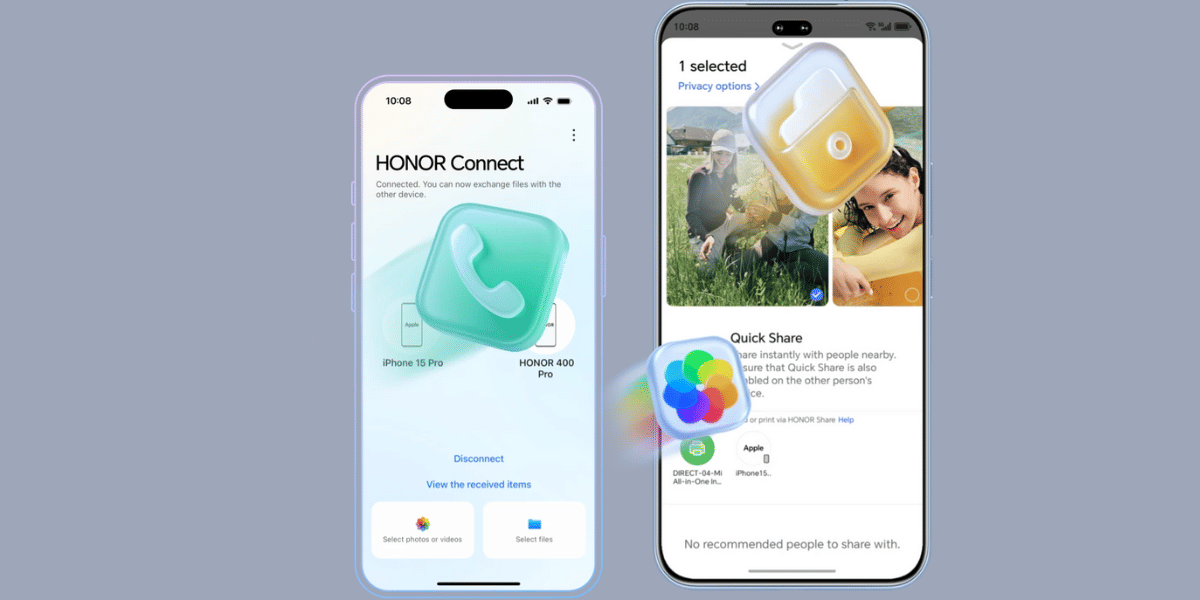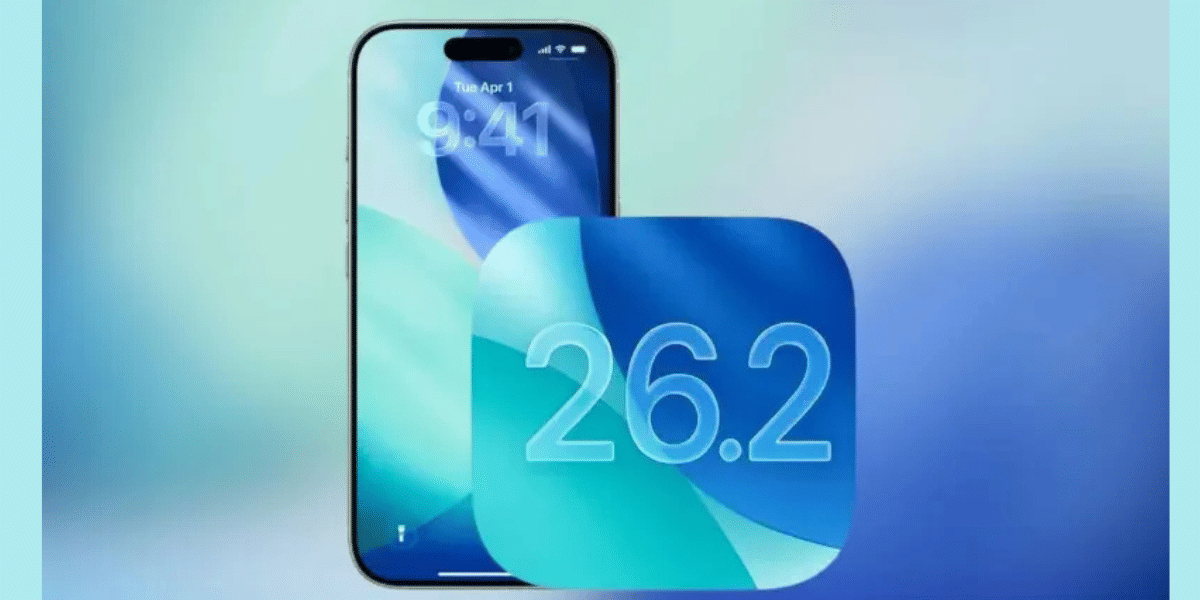One of the most widely used instant messaging apps, WhatsApp, is releasing new security-oriented features to make the service safer. The new additions include WhatsApp Account Protect and Device Verification. WhatsApp has introduced Automatic Security Codes as a security measure. However, WhatsApp has experienced increased attacks on mobile devices, it is boosting security measures to keep user accounts safe.
Let’s look at the details.
Also Read: Samsung Galaxy A34 5G 6GB RAM Variant May Launch In India Soon; Details Here
WhatsApp Account Protect
The new Account Protect feature on WhatsApp is a secondary check when users move the app to a different device. If a user has already authenticated their new smartphone with a one-time password (OTP), WhatsApp will ask them. Additionally, it will prompt users to either transfer their account to the new device or keep it on the old one.
WhatsApp has announced the addition of a new security measure to prevent unauthorized access to accounts. It has added a function to notify users of unauthorized account access attempts. The attempt must be made on a different device. Unauthorized access to the account will trigger the notification.
Since the introduction of WhatsApp Payments based on UPI, there have been numerous instances of account hacking and money theft reported in India. It is essential to be vigilant and watch out for any suspicious activity on the app to prevent any such incidents from occurring. Furthermore, this new function will unquestionably reduce the occurrence of such problems.
Also Read: Google Pixel 7a Launch Date Leaked: Check Design And Colour Options
WhatsApp Device Verification

In addition to WhatsApp Account Protect, WhatsApp is launching a new security tool called Device Verification. WhatsApp has warned about the significant threat of malware in facilitating account takeover (ATO) attacks, including sending malicious WhatsApp messages.
The primary concern for WhatsApp is the malicious software present in unauthorized WhatsApp clients, as per their statement. The organization has implemented additional authentication checks for user accounts to avoid this, and consumers don’t need to take any special precautions.
Also Read: Tecno Phantom V Fold Will Be The Cheapest Foldable Phone In India, Know The Price
WhatsApp Automatic Security Codes
WhatsApp assures that only conversation participants can access and read the messages, as they are encrypted end-to-end. Moreover, to enhance security measures, they are introducing Automatic Security Code. In addition to that, WhatsApp Account Protect and Device Verification are already implemented. To verify end-to-end encryption on WhatsApp, users can check the Encryption section in their contact’s profile. With the introduction of Automatic Security Codes, the corporation has made the process simpler and more readily available.
WhatsApp’s Automatic Security Codes enable users to verify secure, end-to-end encrypted communication easily.
Also Read: Mystery Oppo PHF110 Smartphone Listed On TENAA, Key Specifications Leaked
Conclusion
The introduction of WhatsApp Account Protect and Device Verification features is a significant step towards enhancing user security. The rise in mobile device attacks and unauthorized access is a growing concern. WhatsApp has introduced new security mechanisms. These measures aim to address the issue of unauthorized access to user accounts.




























